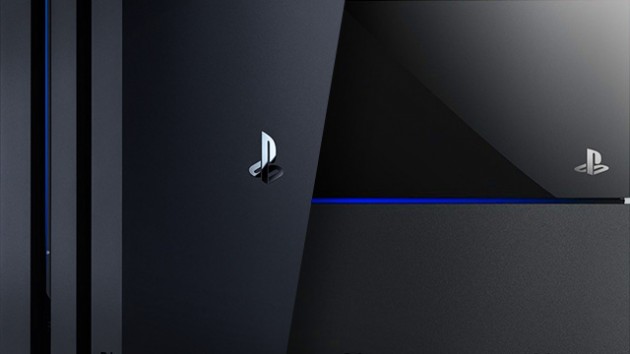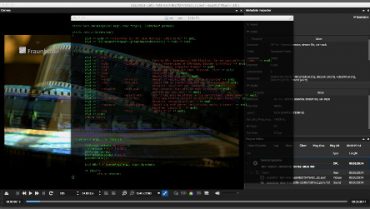PS4 Pro vs PS4: What’s the difference and is it worth upgrading?
PS4 Pro vs PS4: What’s the difference between the two and should current PS4 owners upgrade to the Pro? Here’s everything you need to know.
Sony launched two new versions of the PS4 in 2016. The PS4 Pro represents a meatier, more powerful unit that delivers better performance capable of 4K gaming and HDR.
The other new console became colloquially known as PS4 slim, which offers the same functionality as the launch model in a sleaker form factor. Sony calls this the ‘PS4’ as it’s phased out the original console.
That’s the basics, but in our PS4 Pro vs PS4 guide I’ll explain the details in simple terms – and complicated ones for those who like numbers – and answer common questions, including:
- How powerful is the PS4 Pro?
- How do the graphics compare?
- What is HDR and should I care?
- Do you need a 4K HDR TV?
- Is the PS4 Pro better for PlayStation VR?
And if you just want the short version of this article, scroll to the end for the definitive verdict on the PS4 Pro vs PS4 debate.
HOW MUCH MORE POWERFUL IS THE PS4 PRO?
The graphics processor (GPU) in the PS4 Pro – that’s the bit that generates the 3D graphics in games – is just over twice as powerful as that in the PS4. Sony’s also upgraded the processor, which handles things like physics and artificial intelligence in games.
Sony claims the new PS4 Pro can run at 4.2 teraflops, compared to the 1.84 teraflops of the original PS4 – teraflops is a simple measure of computer performance, a bit like horsepower in cars. We’ll get onto how that power is used a little later.
In addition, while the PS4 Pro has the same amount of memory as the original PS4 – 8GB GDDR5 – it runs at a higher speed to improve performance. The PS4 Pro also has an extra 1GB of memory for non-gaming applications like Netflix. This means they won’t waste space games can use and means you can switch between apps faster.
Here are the PS4 Pro specs compared to the original and PS4 ‘Slim’ versions:
| PS4 (2013) | PS4 (2016) | PS4 Pro | |
|---|---|---|---|
| CPU | 1.6GHz 8-core AMD Jaguar | 1.6GHz 8-core AMD Jaguar | 2.1GHz 8-core AMD Jaguar |
| GPU | 1.84 TFLOP AMD Radeon | 1.84 TFLOP AMD Radeon | 4.2 TFLOP AMD Radeon |
| Memory | 8GB GDDR5 | 8GB GDDR5 | 8GB GDDR5 & 1GB |
| HDR | Yes | Yes | Yes |
| 4K | No | No | Yes |
| Storage | 500GB | 500GB & 1TB | 1TB |
| USB | 2x USB 3.0 | 2x USB 3.1 | 3x USB 3.1 |
| Wi-Fi | 802.11b/g/n Wi-Fi (2.4GHz only) | 802.11a/b/g/n/ac Wi-Fi (2.4GHz & 5.0GHz) | 802.11a/b/g/n/ac Wi-Fi (2.4GHz & 5.0GHz) |
| Bluetooth | Bluetooth 2.1 | Bluetooth 4.0 | Bluetooh 4.0 |
PS4 PRO VS PS4 GRAPHICS COMPARISON: WHAT’S THE DIFFERENCE?
It depends on the game. Developers can use the extra power for anything they want within reason. Most will increase the resolution – the number of pixels that make the picture – of their games, so they appear sharper on 4K TVs, but that’s not all.
Developers can also use the more powerful PS4 Pro GPU to improve the quality of textures and lighting effects, leading to more realistic graphics and smoother performance with fewer slowdowns. The only demand Sony makes is games must play as well on the PS4 Pro as they do on the PS4, and vice versa.










Comments
No comment yet.